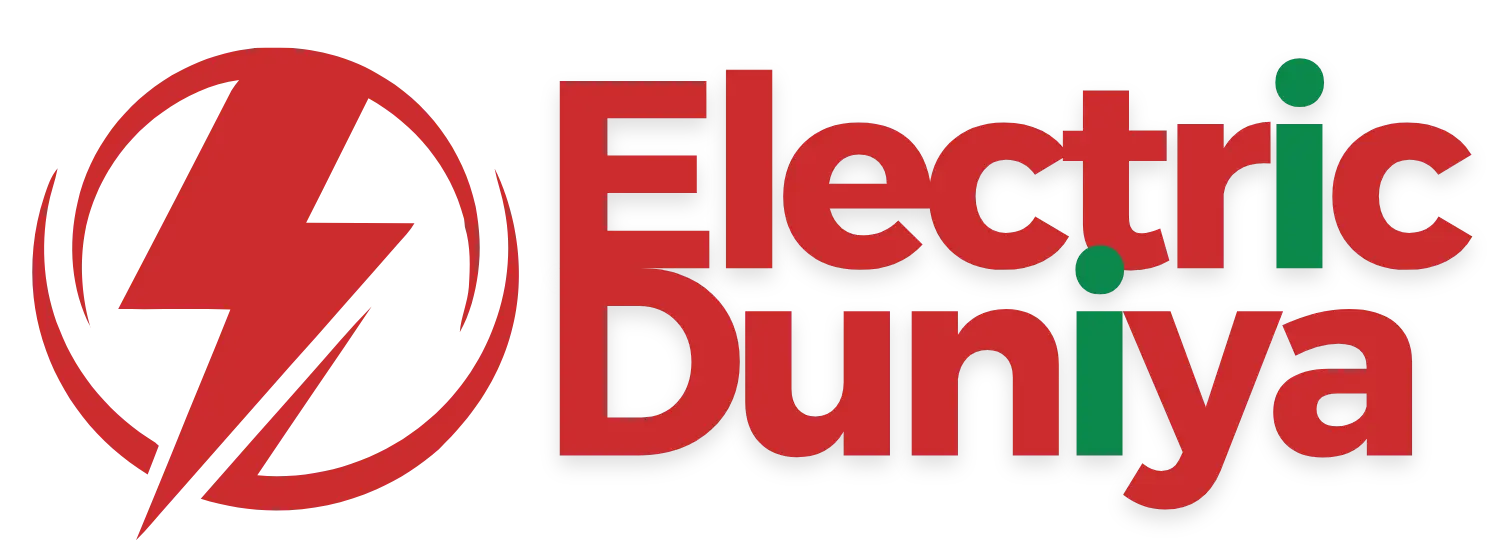Hydrogen Fuel Cell
A hydrogen fuel cell is an electrochemical device that converts hydrogen and oxygen into electricity, producing only water vapor as a byproduct. In EVs, it powers the motor for zero-emission driving.
Overview
Hydrogen fuel cells represent one of the most promising technologies for sustainable transportation. Unlike internal combustion engines, which burn fuel, or batteries, which store electricity, fuel cells generate electricity on demand through a clean chemical reaction.
For electric vehicles (EVs), hydrogen fuel cells provide several advantages: long driving range, rapid refueling, and zero tailpipe emissions. They are particularly relevant in sectors where battery-electric vehicles face limitations, such as heavy-duty trucks, buses, and long-haul transport. By combining energy efficiency with scalability, hydrogen fuel cells help bridge the gap between renewable energy production and practical mobility solutions.
How Does It Work?
The hydrogen fuel cell works on the principle of an electrochemical reaction, not combustion:
-
Hydrogen Supply – Compressed hydrogen gas is stored in onboard high-pressure tanks.
-
Electrochemical Reaction – Inside the fuel cell stack, hydrogen molecules are split into protons and electrons.
-
Electricity Generation – Electrons travel through an external circuit, creating electric current to power the motor.
-
Combination with Oxygen – Protons pass through a membrane and combine with oxygen from the air, forming water vapor as the only emission.
This process provides a continuous power supply as long as hydrogen is available, functioning much like a generator for EV propulsion.
Features of Hydrogen Fuel Cell
-
Zero Emissions
Produces only water vapor and heat, making it an environmentally friendly energy source.
-
High Energy Density
Hydrogen stores more energy per unit weight compared to batteries, supporting long-range driving.
-
Fast Refueling
Refueling takes just a few minutes, similar to conventional gasoline vehicles.
-
Quiet Operation
Fuel cell EVs operate smoothly and silently, enhancing the driving experience.
-
Scalability
Fuel cells can be used in passenger cars, buses, trucks, and even trains or ships.
Applications in EV
-
Passenger Cars: Models like the Toyota Mirai and Hyundai Nexo showcase the potential of fuel cell EVs (FCEVs) in everyday transport.
-
Public Transit: Hydrogen-powered buses provide clean, efficient solutions for cities aiming to cut urban emissions.
-
Heavy-Duty Vehicles: Trucks and long-haul fleets benefit from the high energy density and quick refueling of hydrogen.
-
Commercial Fleets: Logistics companies explore hydrogen for consistent uptime and minimal refueling delays.
-
Hybrid Systems: Some EVs combine batteries and fuel cells to balance power demands and range requirements.
Conclusion
Hydrogen fuel cells are a key innovation in the quest for sustainable mobility. By enabling zero-emission transport with long ranges and fast refueling, they complement battery-electric technology and broaden the pathways toward decarbonized transportation. As hydrogen infrastructure expands and costs decline, fuel cell EVs are expected to play a pivotal role in heavy transport and long-distance mobility, reinforcing their importance in the future of electric mobility.

